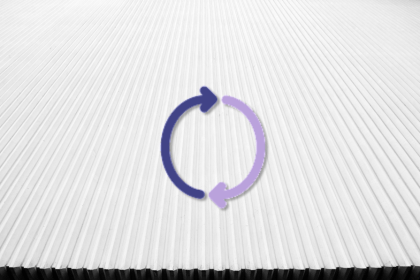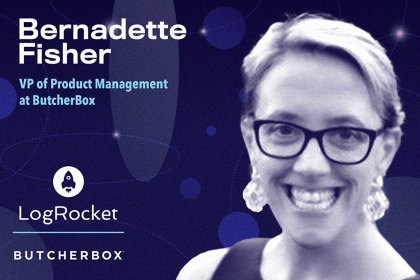
In this article, you’ll learn what a feedback loop is, the different types, and how to implement one effectively.

A requirements management software facilitates the process of handling project requirements from gathering ideas to project completion.

Leo Gong, VP of Product at Apartment List, talks about knowing when to plant a new seed in the business to expand growth opportunities.

PMs often use the words “customer delight” very loosely and fail to recognize that it isn’t an isolated moment, but a holistic experience.

Kevin Sakamoto discusses Dollar Shave Club’s transition from a 100-percent subscription-based model to a hybrid one.

The acronym AIDA stands for attention, interest, desire, and action. The AIDA model is a marketing funnel representing a customer’s journey.

Ayan Basu talks about what it’s like to work on a product that spans more than 160 countries and differs slightly in various markets.

Availability heuristics refer to your brain preferring to use information that’s readily available at the expense of being comprehensive.

Bernadette Fisher talks about ButcherBox’s product offerings and how they have changed over time to meet customers where they are.

Startups with fewer than 500 customers and startups targeting niche target audiences especially have a hard time.

A team lead is a visionary who can coach, guide, and motivate the team to work collaboratively towards a common goal.

Dorie Wallace talks about the role of project managers in using data to provide an impartial perspective to product managers.